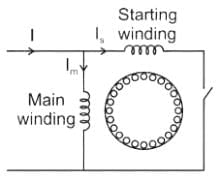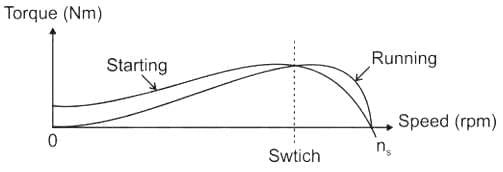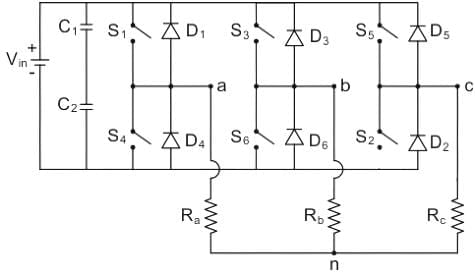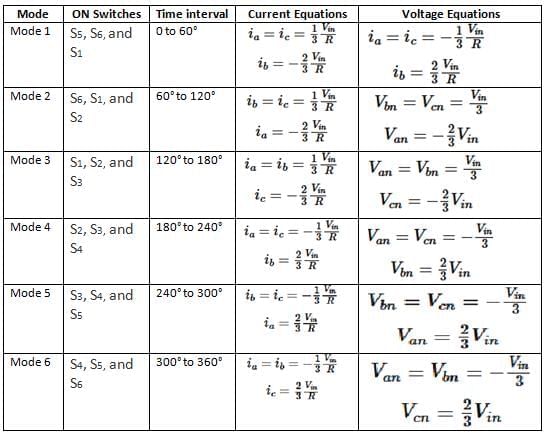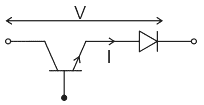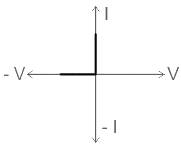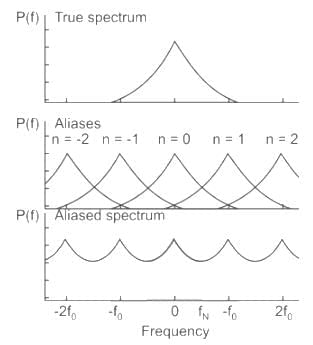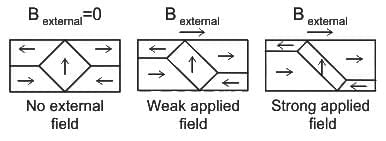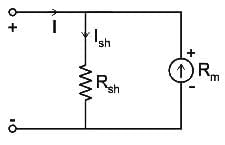TANGEDCO AE EE Full Test - 5 - Electrical Engineering (EE) MCQ
30 Questions MCQ Test - TANGEDCO AE EE Full Test - 5
If φ is a scalar point function, the value of curl Grad φ is
The integral  is evaluated along the circle x2 + y2 = 81 traversed in anticlockwise direction. The integral is equal to
is evaluated along the circle x2 + y2 = 81 traversed in anticlockwise direction. The integral is equal to
The Laplace transform of a unit ramp function starting at t = a, is
An over current relay of current rating 5 A and setting 150% is connected to the secondary of CT of ratio 300:5. Then the current in the lines for which the relay pick up is
The difference between light wave and sound wave is based on which of the following phenomenon?
A cylinder of 50-litre capacity contains oxygen at temperature of 27°C and at absolute pressure 10 MPa. What will be the density of oxygen? [Gas constant for oxygen is 0.26 kJ/kg-K]
The source of light for optic fiber transmission is ________.
The process of mixing the signal with the carrier is called
The Mohr circle for a point in hydrostatic fluid will be
In radix-2 FFT, if the number of points N = 16 then the number of complex additions and number of complex multiplications are respectively
If the magnetic flux through each turn of the coil consisting of 200 turns is (t2 - 3t) milli-Webers, where t is in seconds, then the induced emf in the coil at t = 4 sec is
What is the ideal shape for the cross-section of the core of a transformer?
The line currents of a three-phase system are j3 A, (1 + j1) A, (-1 -j1) A. The zero sequence current will be:
By adding zero to the system transfer function, the improvement to transient response is called as:
A random experiment has 64 equally likely outcomes. Find the information associated with each outcome.
Which of the following frequency is suitable for the space wave communication?
A piece of writing paper that is 10 cm wide, 15 cm long and 0.05 mm thick has a dielectric strength of 8 kV/mm. if it is placed between two copper plates and subjected to an increasing voltage, it will break down at
If Im and Is are the currents in the main and starting windings respectively, the torque developed by a split phase motor is proportional to
In a 3-phase inverter with 180° conduction mode the number of switches that is on at any instant of time is
The following figure shows a composite switch consisting of a power transistor (BJT) in series with a diode. Assuming that the transistor switch and the diode are ideal, the I-V characteristic of the composite switch is

When the frequency band is selected, we can specify the sampling rate and the characteristics of the pre-filter, which is also called as
The dimension of ferromagnetic domains is in the order of
Which of the following can be used to extend the range of an ammeter?



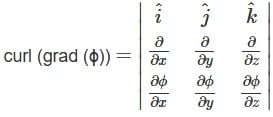





















 Universal gas constant (8314 J/kg-mol.K), T = Absolute Temperature (K)
Universal gas constant (8314 J/kg-mol.K), T = Absolute Temperature (K) ,
, 






 which represents normal stress on the plane of τmax.
which represents normal stress on the plane of τmax.

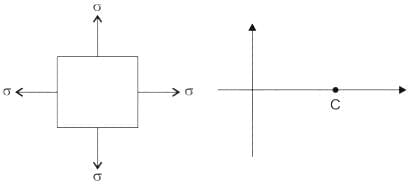

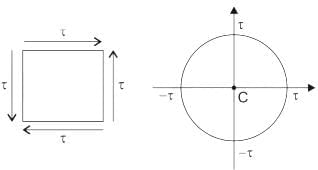






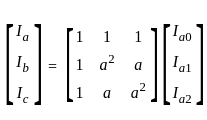
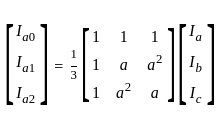




 , then a > 1
, then a > 1 , then a < b
, then a < b

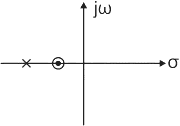
 , then a < 1
, then a < 1 , then a > b
, then a > b

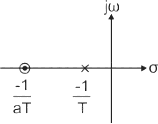




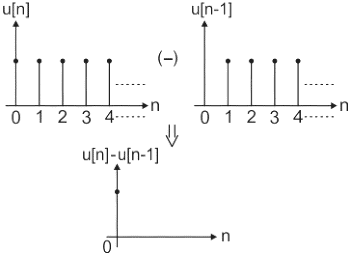
 bits
bits





